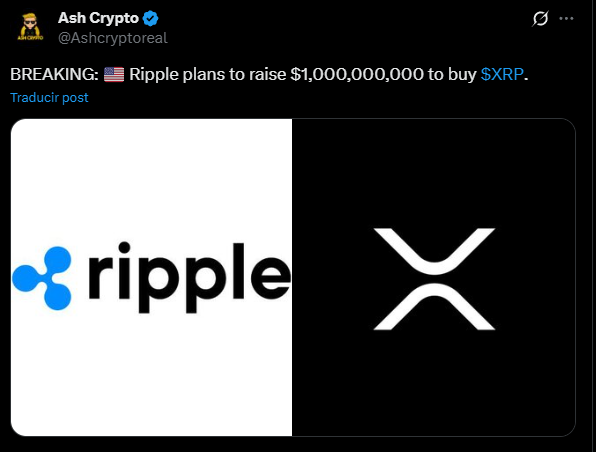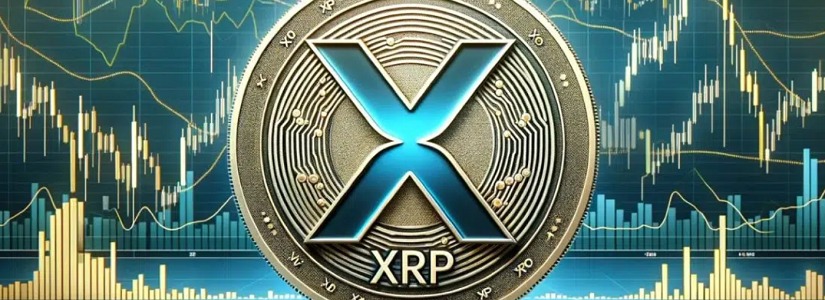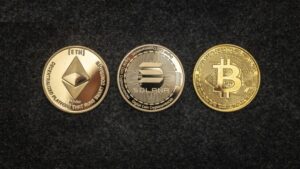TL;DR
- Ripple plans to raise $1 billion in XRP through a SPAC to create a Digital Asset Treasury, a move that has split the market between enthusiasm and skepticism.
- The initiative follows Ripple’s $1 billion acquisition of GTreasury and reflects the company’s interest in treasury models used by MicroStrategy and Metaplanet.
- Analysts warn that an XRP-based treasury could expose Ripple to liquidity and volatility risks, while others see it as a bet to strengthen the token’s utility.
Ripple announced an ambitious plan to raise $1 billion in XRP through a SPAC and allocate the funds to a Digital Asset Treasury (DAT), a move that has already divided market sentiment between optimists and skeptics.
If completed, it would mark one of the largest XRP-focused operations to date and signal the company’s intent to reinforce its balance sheet using its own token. However, it also opens a debate on the distinction between real value creation and financial engineering.
The initiative came shortly after Ripple confirmed the $1 billion acquisition of GTreasury, a move aligned with its interest in corporate treasury management tools.
The reference to models like MicroStrategy and Metaplanet is clear: turning a strategic crypto position into a treasury asset that, in theory, could generate value for the company. Yet, the comparison also has fine print—digital treasuries are fragile when markets panic, and sudden downturns can trigger forced sales or erode the expected advantage.
Ripple’s Proposal Splits the Community
The market turmoil on October 10, marked by massive liquidations and risk aversion, exposed the sensitivity of DATs and their dependence on favorable liquidity conditions. In that context, some analysts and community members questioned whether buying large amounts of one’s own token is a growth strategy or simply an attempt to prop up prices. The criticism centers on manipulation concerns and the difficulty of turning buybacks into genuine adoption.
Supporters, however, argue that a strong XRP treasury could enhance the token’s utility and foster new liquidity and product initiatives within Ripple’s ecosystem. They see the plan as an institutional-level bet that demonstrates conviction and long-term commitment to the token’s development.
Ripple’s proposal presents a crossroads for the community: on one side, the opportunity to build a strategic position in XRP; on the other, the challenge of proving that such accumulation will lead to real adoption and utility rather than a temporary price boost. As the details are finalized, the market awaits the outcome and potential impact of this new initiative













